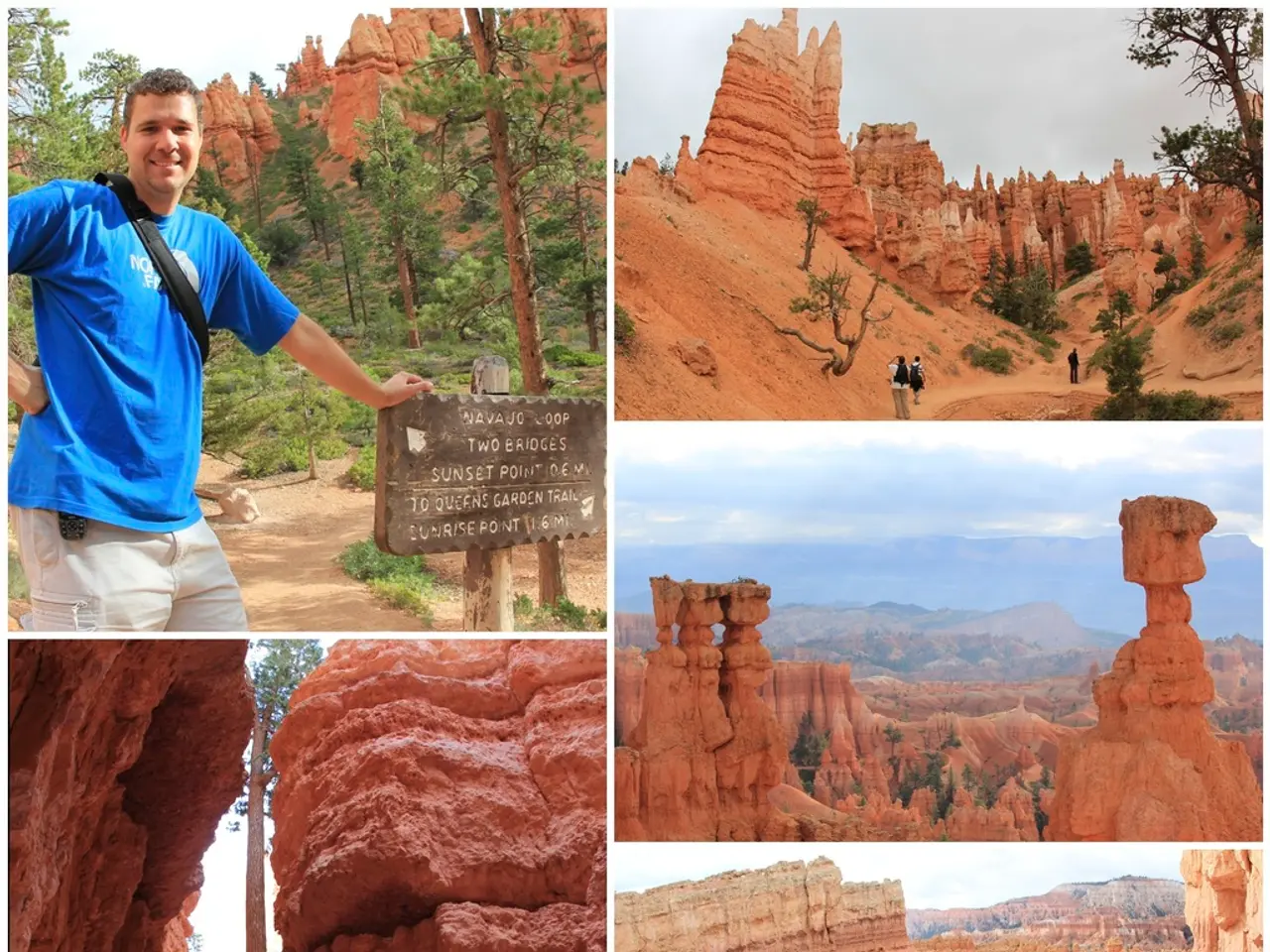Uncovering connections: Exploring historical links between residents in Türkiye and Jordan
In the heart of Jordan and Turkey, two archaeological sites, Tell Hisban and Arslantepe, are bridging the gap between the past and present, fostering a unique collaboration between archaeologists, local communities, and history.
Tell Hisban, nestled near Amman in Jordan, has been a subject of study since the 1960s. The site, which spans from the Iron Age to the Ottoman period, offers a rich tapestry of history. In Orduzu, Turkey, archaeological site Arslantepe boasts a monumental palace dating back to the 4th millennium B.C., excavated by Sapienza University of Rome for over 60 years.
A recent study has shed light on the potential of community archaeology in linking heritage to everyday life. The research, which compared Arslantepe and Tell Hisban, found that the sense of connection to the archaeological sites decreased as distance from the sites increased. However, it emphasised the importance of local people being part of shaping history and its preservation.
The study recommended improved communication through curated, easy-to-understand information about archaeological work, to raise awareness and address misconceptions. In Hisban, relationships with archaeologists have weakened due to less frequent fieldwork, impacting community involvement. In contrast, long-term collaboration in Orduzu has built strong relationships with some families, particularly among older men who have worked alongside researchers.
The study also proposed gender-inclusive programs to involve more women in educational and participatory roles in both villages. In Hisban, there were calls for knowledge-sharing platforms in the local language. In Arslantepe, community involvement remains more limited, with male villagers often working on excavation teams but the participation of women being minimal.
Key strategies to better include local communities, particularly women and youth, include collaborative decision-making, targeted educational outreach, cultural identity reinforcement, inclusive public engagement, and capacity building & economic development.
By adopting these strategies, communities can strengthen their sense of identity and connection to their land. For instance, in Hisban, residents demonstrated deeper engagement with the site, supported by community-driven initiatives and long-term collaboration with archaeologists.
Moreover, the study suggested creating heritage tourism opportunities and small-scale businesses around archaeological sites for year-round economic integration. Both Orduzu and Hisban maintain traditional customs and crafts that offer important links to the past, making them prime candidates for such initiatives.
In conclusion, embedding community archaeology in participatory, education-focused, and culturally resonant frameworks can empower women and youth to strengthen their sense of identity and connection to their land at these sites. The recognition of Arslantepe as a UNESCO World Heritage site since 2021 opens opportunities for community involvement under heritage preservation frameworks, aligning with broader UNESCO and cultural heritage strategies globally.
- The study on Arslantepe and Tell Hisban highlighted the significance of local communities in shaping history and its preservation, suggesting stronger community engagement in Istanbul, Turkiye, especially amid fewer archaeological excavations at Tell Hisban.
- With a desire for knowledge-sharing platforms in the local language, women in Hisban, Turkiye, could benefit from gender-inclusive programs aimed at increasing their participation in educational and participatory roles in community archaeology.
- To foster a sense of identity and connection to the land, it's proposed that Orduzu, Turkiye, and Hisban, Jordan, develop heritage tourism opportunities and small-scale businesses around their archaeological sites, leveraging traditional customs and crafts in their food-and-drink, fashion-and-beauty, home-and-garden, and lifestyle offerings.
- Adopting strategic collaborative decision-making, targeted educational outreach, cultural identity reinforcement, inclusive public engagement, and capacity building & economic development initiatives could empower the youth and women in both Orduzu and Hisban, bridging the gap between the past and present while promoting sustainable local economies.
- The designation of Arslantepe as a UNESCO World Heritage site in 2021 offers exciting prospects for community involvement under heritage preservation frameworks, uniting efforts with global UNESCO and cultural heritage strategies towards sustainable development in the region.




